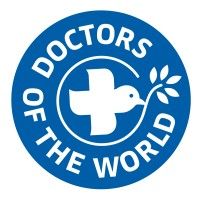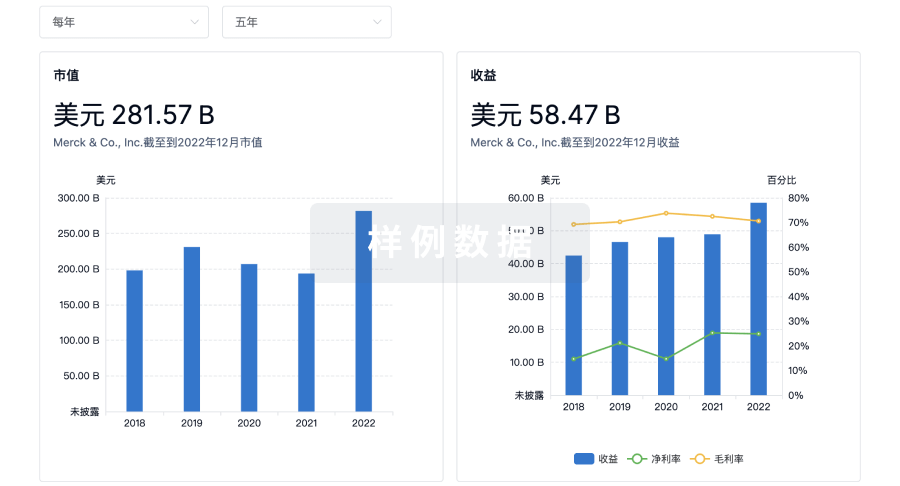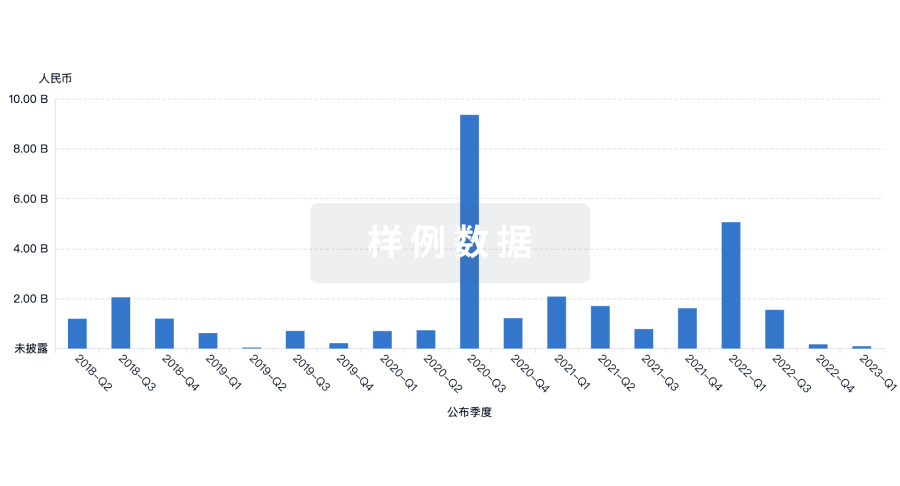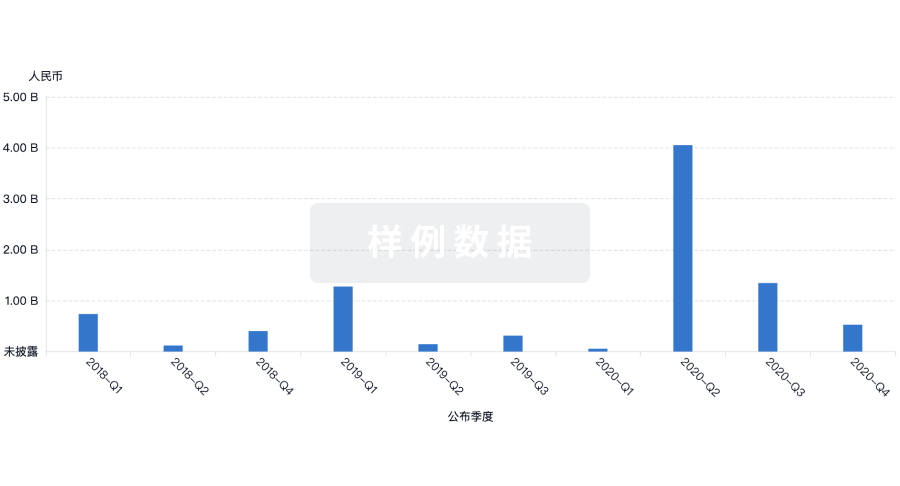预约演示
更新于:2025-05-07

Médecins du Monde
更新于:2025-05-07
概览
关联
6
项与 Médecins du Monde 相关的临床试验NCT06129916
Assessing the Acceptability, Feasibility, Effectiveness and Cost-effectiveness of Long-acting Depot Buprenorphine (LADB) for the Treatment of Opioid Dependence in Low- and Middle-income Countries (LMIC): a Multicentre International Study
The goal of the proposed study is to generate evidence on the acceptability, feasibility, effectiveness, and cost-effectiveness of introducing long-acting depot buprenorphine (LADB) as an additional option for the treatment of opioid dependence in low- and middle-income countries (LMIC) among people who inject drugs (PWID) with opioid dependence. The study results will be used to inform global and local policies and guidelines to introduce LADB as a treatment option and to advocate for access to a sustainable supply of LADB in LMIC.
开始日期2024-11-01 |
申办/合作机构 |
NCT06395129
Implementing a Low Dead-space Injecting Equipment Distribution Program for People Who Inject Drugs in Low- and Middle-income Countries: a Process and Outcome Evaluation
Implementation and evaluation of a distribution program for low dead-space syringes/needles (LDSS/N) in Armenia, Georgia, and Tanzania, Egypt, Nigeria, Vietnam, India, Ukraine, and South Africa. This study aims to generate evidence on best practice LDSS/N distribution programs which will enhance acceptability and sustain high levels of LDSS/N uptake.
People who inject drugs and access needle and syringe programs will be invited to attend up to three focus group discussion rounds (with 25 participants in each focus group round) to inform and provide feedback on a concurrent distribution program of LDSS/N.
Throughout distribution, a cohort study will be run alongside distribution with 240 participants enrolled per country (with the exception of Nigeria, where 480 participants will be recruited) who will undergo HIV and HCV testing and answer surveys on their sociodemographic and behavioral status. Key informant interviews will also be held with participating staff and stakeholders to evaluate the feasibility and acceptability of this program.
Primary outcomes assessed through this study include 1) community values and preferences for LDSS/N, 2) barriers and facilitators to accessing LDSS/N, 3) feasibility and effectiveness of the distribution program on increasing LDSS/N uptake, 4) model the potential public health impact and cost effectiveness of LDSS/N distribution in this setting.
People who inject drugs and access needle and syringe programs will be invited to attend up to three focus group discussion rounds (with 25 participants in each focus group round) to inform and provide feedback on a concurrent distribution program of LDSS/N.
Throughout distribution, a cohort study will be run alongside distribution with 240 participants enrolled per country (with the exception of Nigeria, where 480 participants will be recruited) who will undergo HIV and HCV testing and answer surveys on their sociodemographic and behavioral status. Key informant interviews will also be held with participating staff and stakeholders to evaluate the feasibility and acceptability of this program.
Primary outcomes assessed through this study include 1) community values and preferences for LDSS/N, 2) barriers and facilitators to accessing LDSS/N, 3) feasibility and effectiveness of the distribution program on increasing LDSS/N uptake, 4) model the potential public health impact and cost effectiveness of LDSS/N distribution in this setting.
开始日期2024-09-01 |
申办/合作机构  Médecins du Monde Médecins du Monde [+6] |
NCT06159504
Simplifying Hepatitis C Pathways for People Who Inject Drugs in Armenia, Georgia, and Tanzania (CUTTS HepC): a Non-randomised, Quasiexperimental, Prospective Comparative Trial
The goal of this non-randomised, quasi-experimental, prospective comparative trial is to trial simplified care pathways for hepatitis C testing and treatment for people who inject drugs in Armenia, Georgia, and Tanzania.
The main questions it aims to answer are:
What is the feasibility of implementing a hepatitis C simplified care and same-day treatment care model in community and harm reduction settings in the three study countries?
Does a same-day treatment initiation model involving only POC antibody tests (with a shortened read-time) increase hepatitis C treatment uptake and SVR12 outcome (cure) among people who inject drugs compared with a simplified care model involving POC antibody followed by a confirmatory RNA test?
What is the comparative cost-effectiveness between a same-day antibody only hepatitis C testing and treatment model and the simplified care model (POC antibody/confirmatory RNA test) model?
Participants will:
be enrolled in a new simplified model of care in each country (Arm 1). After the enrolment target is met for Arm 1 (approx. 3-9 months into implementation) new participants will be enrolled into a same-day treatment trial, using presumptive treatment after a reactive POC test result at shortened read-time (5minutes) (Arm 2)
if in Arm 1, participants will commence SOF-VEL DAA treatment after receiving an RNA test to confirm current hepatitis C infection. They will then continue along the treatment pathway, returning for RNA testing 4-16 weeks after SVR12 to determine cure.
if in Arm 2, participants will begin SOF-VEL DAA treatment on the same day as the 5 minute RDT testing. They will then continue along the treatment pathway, returning for RNA testing 4-16 weeks after SVR12 to determine cure.
Researchers will compare cure and participant retention rates between the two groups.
The main questions it aims to answer are:
What is the feasibility of implementing a hepatitis C simplified care and same-day treatment care model in community and harm reduction settings in the three study countries?
Does a same-day treatment initiation model involving only POC antibody tests (with a shortened read-time) increase hepatitis C treatment uptake and SVR12 outcome (cure) among people who inject drugs compared with a simplified care model involving POC antibody followed by a confirmatory RNA test?
What is the comparative cost-effectiveness between a same-day antibody only hepatitis C testing and treatment model and the simplified care model (POC antibody/confirmatory RNA test) model?
Participants will:
be enrolled in a new simplified model of care in each country (Arm 1). After the enrolment target is met for Arm 1 (approx. 3-9 months into implementation) new participants will be enrolled into a same-day treatment trial, using presumptive treatment after a reactive POC test result at shortened read-time (5minutes) (Arm 2)
if in Arm 1, participants will commence SOF-VEL DAA treatment after receiving an RNA test to confirm current hepatitis C infection. They will then continue along the treatment pathway, returning for RNA testing 4-16 weeks after SVR12 to determine cure.
if in Arm 2, participants will begin SOF-VEL DAA treatment on the same day as the 5 minute RDT testing. They will then continue along the treatment pathway, returning for RNA testing 4-16 weeks after SVR12 to determine cure.
Researchers will compare cure and participant retention rates between the two groups.
开始日期2024-03-01 |
申办/合作机构  Médecins du Monde Médecins du Monde [+3] |
100 项与 Médecins du Monde 相关的临床结果
登录后查看更多信息
0 项与 Médecins du Monde 相关的专利(医药)
登录后查看更多信息
11
项与 Médecins du Monde 相关的文献(医药)2023-10-27·BMJ (Clinical research ed.)
How we can improve healthcare for Gypsy, Roma, Traveller, Boater, and Showmen communities living outside the system.
作者: Kamboz, Amardeep ; Sehmbi, Kirit
2023-08-14·BMJ (Clinical research ed.)
Floating prisons and ex-military bases: large asylum accommodation sites harm health.
作者: Davidson, Marina
2020-09-01·European Journal of Public Health
Left behind: the state of universal health coverage in Europe
作者: Offe, J ; Fille, F ; Bader, C ; Burns, R ; Graversen, P ; Aldridge, R W ; Miller, A
100 项与 Médecins du Monde 相关的药物交易
登录后查看更多信息
100 项与 Médecins du Monde 相关的转化医学
登录后查看更多信息
组织架构
使用我们的机构树数据加速您的研究。
登录
或

管线布局
2025年12月21日管线快照
无数据报导
登录后保持更新
药物交易
使用我们的药物交易数据加速您的研究。
登录
或

转化医学
使用我们的转化医学数据加速您的研究。
登录
或

营收
使用 Synapse 探索超过 36 万个组织的财务状况。
登录
或

科研基金(NIH)
访问超过 200 万项资助和基金信息,以提升您的研究之旅。
登录
或

投资
深入了解从初创企业到成熟企业的最新公司投资动态。
登录
或

融资
发掘融资趋势以验证和推进您的投资机会。
登录
或

生物医药百科问答
全新生物医药AI Agent 覆盖科研全链路,让突破性发现快人一步
立即开始免费试用!
智慧芽新药情报库是智慧芽专为生命科学人士构建的基于AI的创新药情报平台,助您全方位提升您的研发与决策效率。
立即开始数据试用!
智慧芽新药库数据也通过智慧芽数据服务平台,以API或者数据包形式对外开放,助您更加充分利用智慧芽新药情报信息。
生物序列数据库
生物药研发创新
免费使用
化学结构数据库
小分子化药研发创新
免费使用
